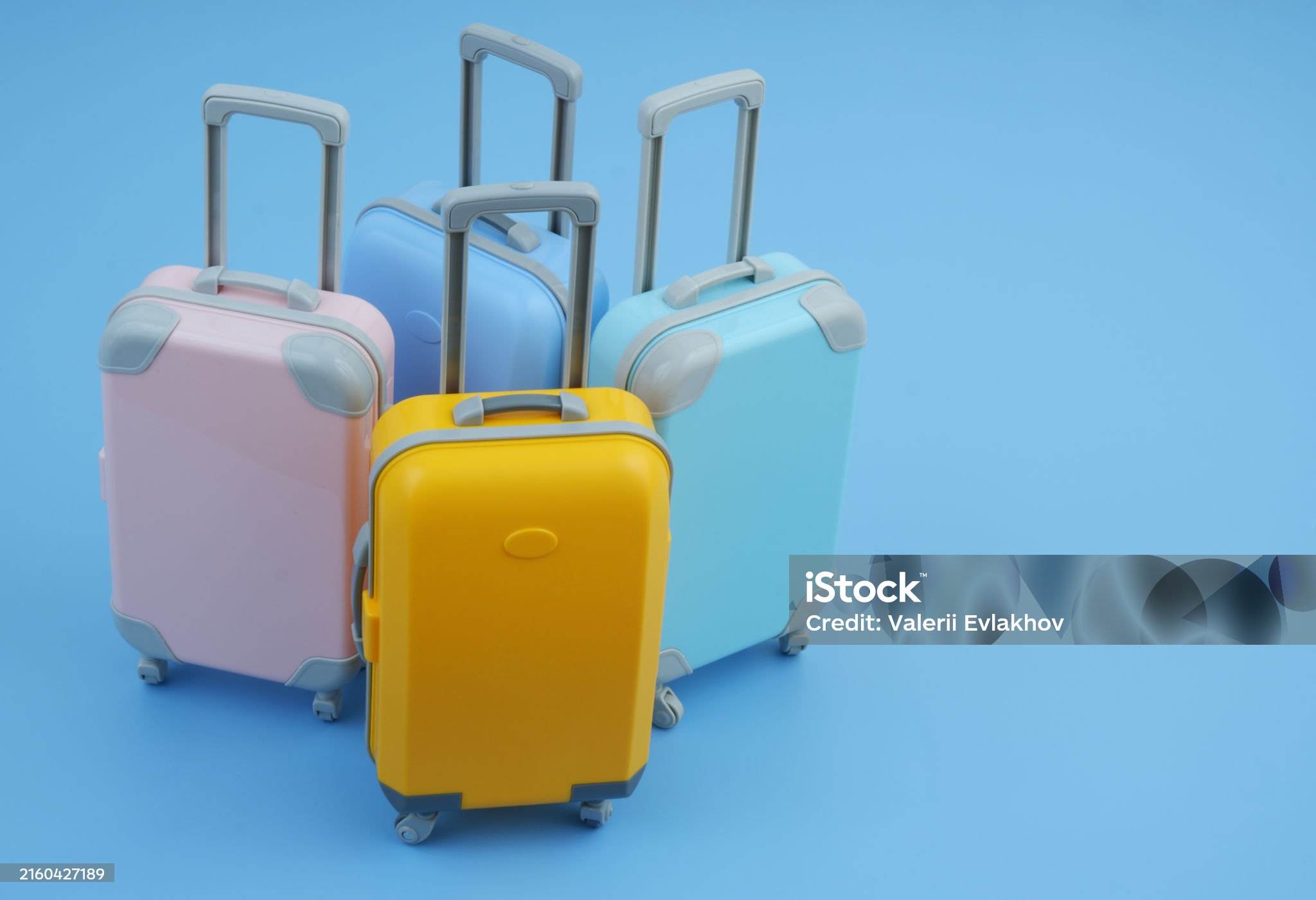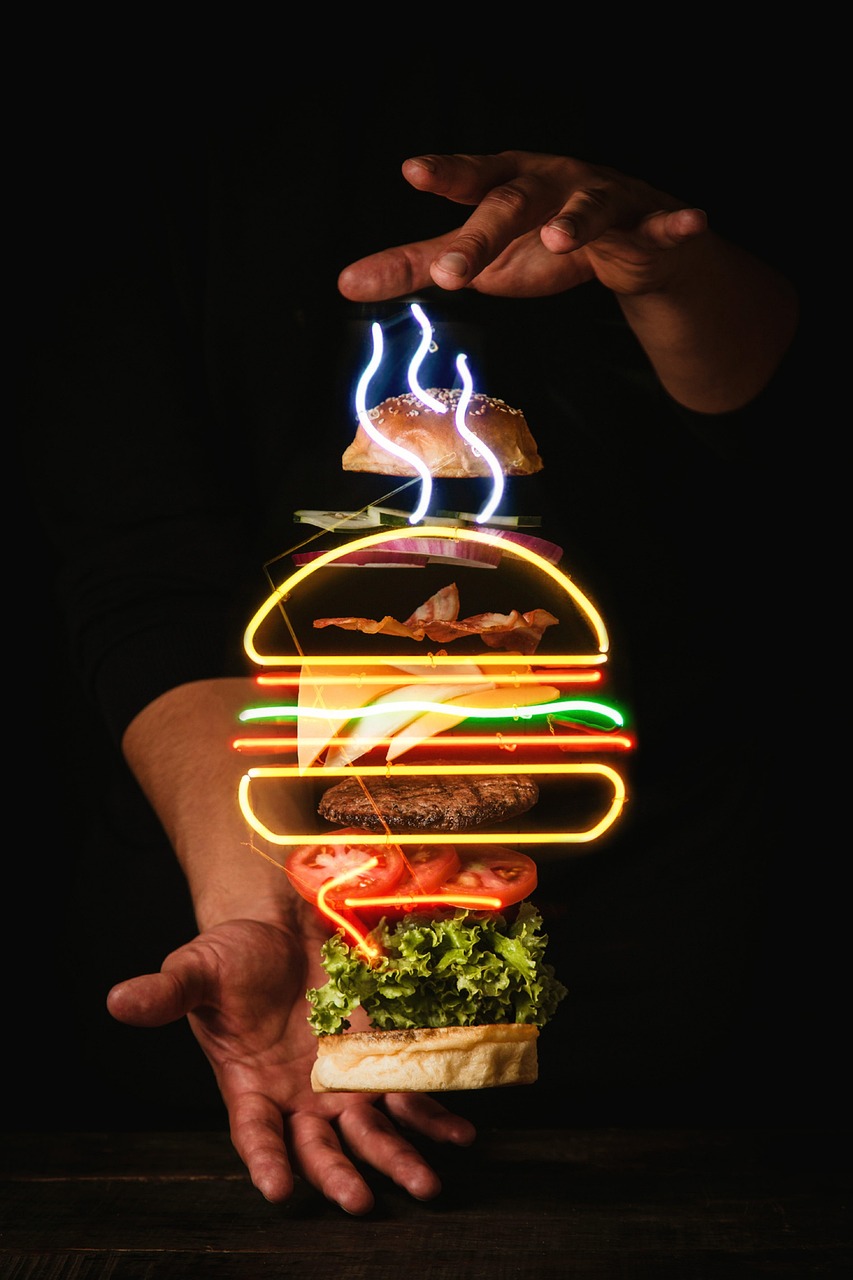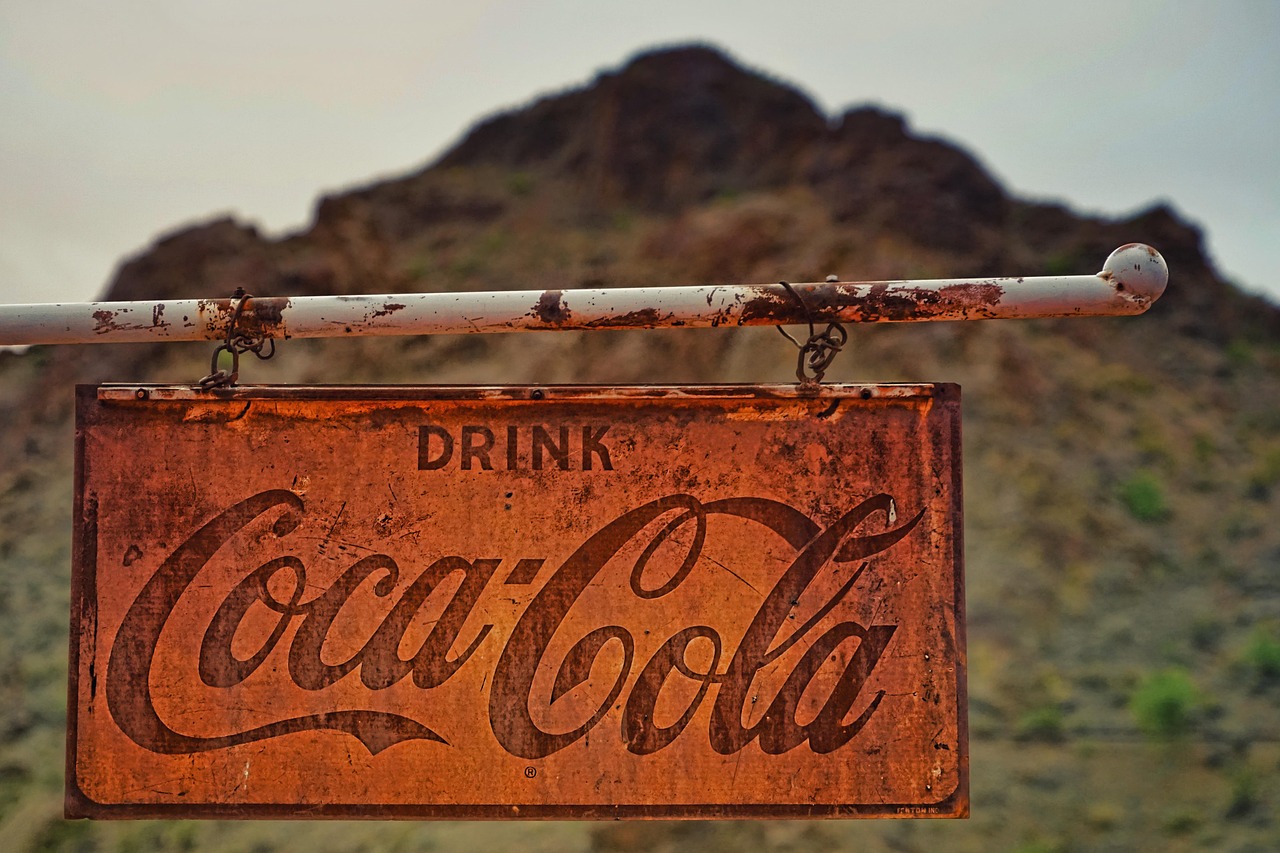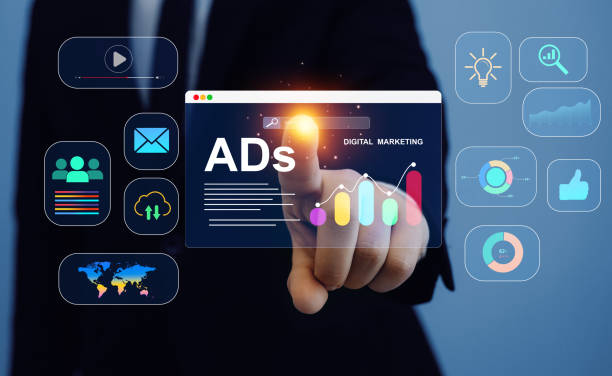
Advertising
Advertising during the 19th century, soap companies were among the earliest to run large-scale ad campaigns. Pears hired Thomas J. Barratt as its brand manager—the first role of its type—and he not only created slogans and imagery but also enlisted actress and socialite Lillie Langtry as the face of Pears, making her the first celebrity to endorse a brand. The roots of modern advertising are often traced to the 1920s tobacco campaigns of Edward Bernays, widely regarded as the father of Madison Avenue advertising.
Global spending on advertising in 2015 was estimated at about US$529.43 billion. By 2017, spending distribution was projected as follows: 40.4% on television, 33.3% on digital platforms, 9% on newspapers, 6.9% on magazines, 5.8% on outdoor advertising, and 4.3% on radio. The world’s five biggest advertising agency networks are Omnicom, WPP, Publicis, Interpublic, and Dentsu.
Advertising agency
Tasmia Islam, a copywriter at a leading advertising firm, describes her daily routine: “Keeping a strict schedule in this field is almost impossible. Work can appear at any time—sometimes my day begins at 9 AM, other times at noon or even mid-afternoon. I often start by researching, watching TV commercials or online video ads to broaden my perspective. Around 11 AM, I check in, list my tasks, and meet with client servicing teams to prioritise urgent deliverables. But as the day progresses, more small jobs inevitably pile up.”
She continues, “When I’m drafting a script, I work closely with the strategic planner and creative director to build the entire idea. These brainstorming sessions can run for two to three hours, occasionally longer. To avoid creative fatigue, we take short breaks—grabbing snacks, relaxing, or watching shows. Normally, my workday ends around 8 PM, but there are evenings when I have to stay late, double-checking final drafts for design or spelling errors.”
Digital advertising
One of the biggest advantages of digital ads is how quickly they can be published. Traditional ads, such as newspaper placements or billboard designs, often take significant time to produce and distribute. In contrast, digital ads can be launched almost instantly, sometimes within minutes if they use automated templates.
Digital ads can also be modified after a campaign has started—something not possible with printed or broadcast ads. Businesses can adjust creative elements, scheduling, targeting, and frequency while the campaign is running, making it possible to optimize performance in real time.
amazon advertising
Amazon advertising allows you to connect with highly qualified leads. By bidding on relevant keywords, you ensure your ads show up for shoppers actively searching for what you offer.
You can even focus on long-tail keywords to reach buyers who are most likely ready to purchase. This targeting helps position your ads in front of the right people at the right time.Another reason businesses choose Amazon advertising is its cost efficiency. With PPC ads, you’re only charged when someone clicks.
Social media advertising
Social media advertising is a branch of social media marketing where you use paid channels to promote your brand across different platforms. These ads can take many forms and placements, ranging from images and videos to interactive experiences.
It’s also known as paid social. Unlike paid search, which targets keywords, social advertising targets specific audiences based on interests and behaviors. Social ads are usually more visual and brand-focused, blending seamlessly into the platform—sometimes so naturally that they’re almost indistinguishable from regular content.
Facebook advertising
For the best results, it’s important that your business is suited for Meta advertising. Companies with low startup costs—like SaaS and e-commerce—or those aiming for instant sales may not always see high returns. Businesses seeking smooth conversions or with longer sales cycles often benefit more. If unsure, it’s wise to begin with smaller campaigns to test strategies.
Meta provides a variety of ad formats to choose from, including photo, video, carousel, slideshow, store, Marketplace, Messenger, collection, and playable ads. Each format functions differently to meet unique business needs and budgets, influencing where your ads are shown and which audiences see them.
Online advertising
Also called influencer marketing, this strategy is highly effective for online promotion. Influencer campaigns yield an average return of $6.50 for every $1 spent. Companies of all sizes, from large corporations to startups, use influencers to raise brand awareness, build trust, and drive sales.
Beyond partnering with influencers to showcase your products or services on their channels, you can incorporate them into paid advertising campaigns. For instance, your ads can feature a collaborating influencer to maximize reach.A great example is The Hershey Company, which teamed up with influencers to promote Hot Cocoa Kisses on YouTube. Alongside organic influencer content, Hershey ran paid ads featuring these influencers’ videos.Campaigns like this highlight why influencer marketing is rapidly becoming one of the top digital advertising strategies. Get a head start by integrating influencer campaigns into your marketing efforts.
False advertising
When promoting products or services, businesses must persuade potential customers while also presenting accurate information. Some broad, exaggerated statements—referred to as “non-actionable puffery”—are allowed because it is assumed that consumers understand they are not literal claims.
For example, a cleaning product might be advertised as the “best in the world,” but it should not falsely compare itself to named competitors or make measurable claims that cannot be substantiated. Any assertion regarding a product’s performance or quality must be supported by factual evidence. If a product fails to meet advertised claims, the company may face lawsuits for false advertising.
Programmatic advertising
Automated processes allow advertisers to bid on impressions—each individual view of an ad—based on its value according to their criteria. All these steps, including ad placement, occur in the milliseconds it takes for a webpage to load. The process completes between the moment a user requests a page and when the page fully appears in their browser.
Real-Time Bidding (RTB) is the method through which advertisers place bids on programmatic ad space, competing for each available slot. Typically, advertisers bid using CPM (cost per thousand impressions), setting their maximum bid via a DSP, and then competing automatically in real time on the ad exchange.
Podcast advertising
Podcast advertising is a modern and effective method to quickly communicate your product’s value, discounts, promotions, or personal experiences. Done correctly, it can build trust, expand your audience, reach new potential customers, and boost sales.
Additionally, this approach delivers warm leads who are more inclined to make purchases, leading to higher conversion rates and better ROI. Ads also allow listeners to enjoy their favorite podcasts for free—similar to how platforms like Spotify offer free music and podcasts—making audiences more receptive to advertising.



